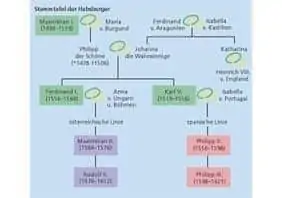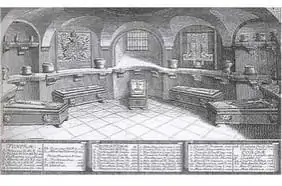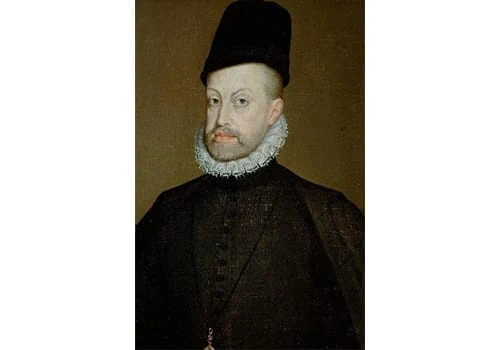Where was what part of the Habsburgs buried? Why was this done and until when was this ritual practiced? What exceptions were there? In Vienna, there was a custom of separate burial for monarchs, princes, dukes and higher-ranking nobles . This is why the bodies of the Habsburgs are in the Capuchin crypt, the entrails in the crypt of St. Stephen’s Cathedral and the hearts in the “Herzlgruft” in St. Augustine’s Church. There is a lively debate among historians as to what exactly this ritual refers to. It is possible that the ancient Egyptian pharaohs served as a model. It also had practical reasons , because the corpse could be better preserved this way, especially for longer transfers and laying out. Political backgrounds tend to be excluded. Separate entombment was practiced long before the Habsburgs. Especially during the Crusades, when many crusaders died far from home, it was customary to remove their organs, boil the corpse with red wine, in order to better survive the long return journey. Already Barbararossa (1122-1190) and Richard the Lionheart (1157-1199) had their organs buried in other places. This unusual Habsburg protocol was practiced until 1878. The entrails of the dead were removed, wrapped in silk cloths, soaked in spirit, and the containers soldered shut. The heart, as the seat of the soul, was given a special place in a heart urn. The founder of this tradition is said to have been Ferdinand III (1608-1657). He wanted the hearts of the Habsburgs to be laid out in the Augustinian Church. His successor, Ferdinand IV, venerated the Madonna of Loreto with her shrine in St. Augustine’s Church and ordered that his heart be buried there. This custom was particularly widespread among the Habsburgs in the 16th and 17th centuries. Later, there were many exceptions. Emperor Franz Joseph was strictly against it and his body was buried entirely in the Capuchin crypt . The last emperor, Charles I , who died in exile in Madeira, was also buried there, but his heart is in the Swiss monastery of Muri, together with the heart of his wife Zita. However, her body rests in the Capuchin Crypt and her funeral was considered the last official imperial funeral in 1989. The son of the two, Otto Habsburg, also lies in the Capuchin tomb, but his heart was buried at his own request in the Hungarian monastery of Pannonhalma. He was raised as a child by the monks of the monastery and had a special bond with Hungary. Nowadays, this type of burial is generally no longer permitted in Austria. However, exemptions can be applied for from the Ministry of Health. Time Travel Tip: Every Sunday after mass you can visit the “Herzerlgruft” in the Augustinian Church. In a side chapel are the hearts of the Habsburgs in urns. Here you will find the top sights in Vienna and more topics about Maria Theresa or Gustav Klimt. Image source: https://de.m.wikipedia.org/wiki/Datei:Stephansdom_new_Ducal_Vault_1758.png

The Marriage Policy of the Habsburgs – Tu felix Austria nube
“Bella gerant alii, tu felix Austria nube – Wars may others wage, you happy Austria, marry”. This famous saying characterizes the marriage policy of the…


